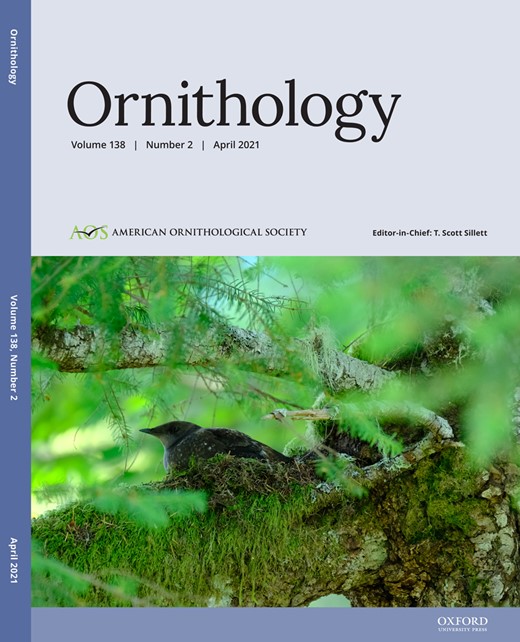Jim LeNomenclatoriste
Je suis un mignon petit Traquet rubicole

Kevin Winkler & Pamela C. Rasmussen (2021). Species limits and taxonomy in birds. Ornithology, ukab017

 academic.oup.com
academic.oup.com
Abstract
Despite the acknowledged importance of defining avian species limits to scientific research, conservation, and management, in practice, they often remain contentious. This is true even among practitioners of a single species concept and is inevitable owing to the continuous nature of the speciation process, our incomplete and changing understanding of individual cases, and differing interpretations of available data. This issue of Ornithology brings together several papers on species limits, some more theoretical and general, and others case studies of specific taxa. These are viewed primarily through the lens of the biological species concept (BSC), by far the most widely adopted species concept in influential ornithological works. The more conceptual contributions focus on the importance of the integrative approach in species delimitation; the importance of considering selection with the increasing use of genomic data; examinations of the effectiveness of the Tobias et al. character-scoring species limits criteria; a review of thorny issues in species delimitation using examples from Australo-Papuan birds; and a review of the process of speciation that addresses how population divergence poses challenges. Case studies include population genomics of the American Kestrel (Falco sparverius); an integrative taxonomic analysis of Graceful Prinia (Prinia gracilis) that suggests two species are involved; and a reevaluation of species limits in Caribbean Sharp-shinned Hawk (Accipiter striatus) taxa.
Well, well, well

Species limits and taxonomy in birds
Abstract. Despite the acknowledged importance of defining avian species limits to scientific research, conservation, and management, in practice, they often rem
Abstract
Despite the acknowledged importance of defining avian species limits to scientific research, conservation, and management, in practice, they often remain contentious. This is true even among practitioners of a single species concept and is inevitable owing to the continuous nature of the speciation process, our incomplete and changing understanding of individual cases, and differing interpretations of available data. This issue of Ornithology brings together several papers on species limits, some more theoretical and general, and others case studies of specific taxa. These are viewed primarily through the lens of the biological species concept (BSC), by far the most widely adopted species concept in influential ornithological works. The more conceptual contributions focus on the importance of the integrative approach in species delimitation; the importance of considering selection with the increasing use of genomic data; examinations of the effectiveness of the Tobias et al. character-scoring species limits criteria; a review of thorny issues in species delimitation using examples from Australo-Papuan birds; and a review of the process of speciation that addresses how population divergence poses challenges. Case studies include population genomics of the American Kestrel (Falco sparverius); an integrative taxonomic analysis of Graceful Prinia (Prinia gracilis) that suggests two species are involved; and a reevaluation of species limits in Caribbean Sharp-shinned Hawk (Accipiter striatus) taxa.
Well, well, well









